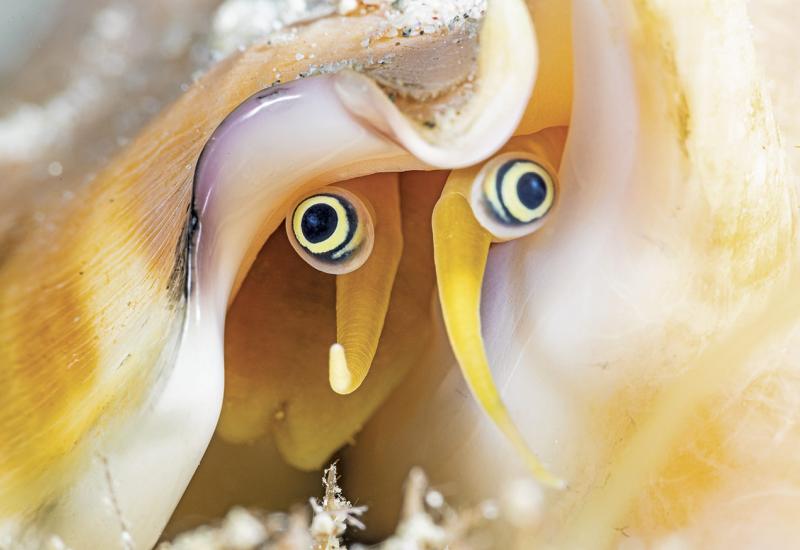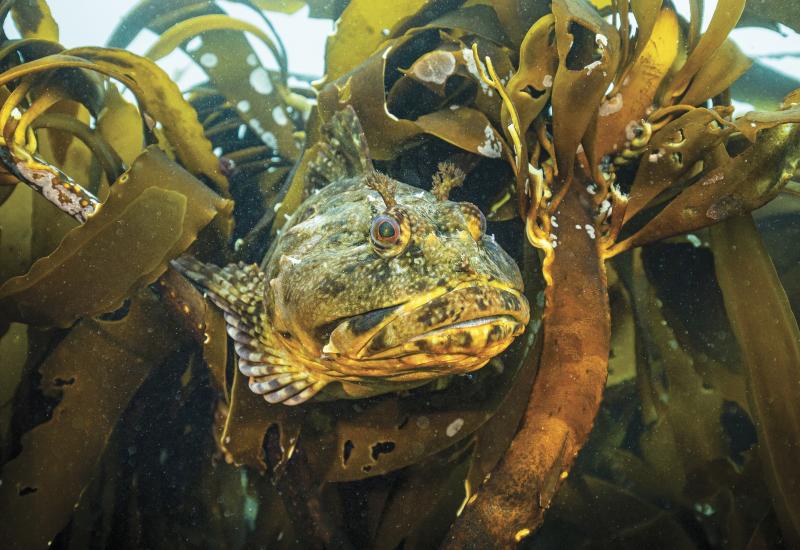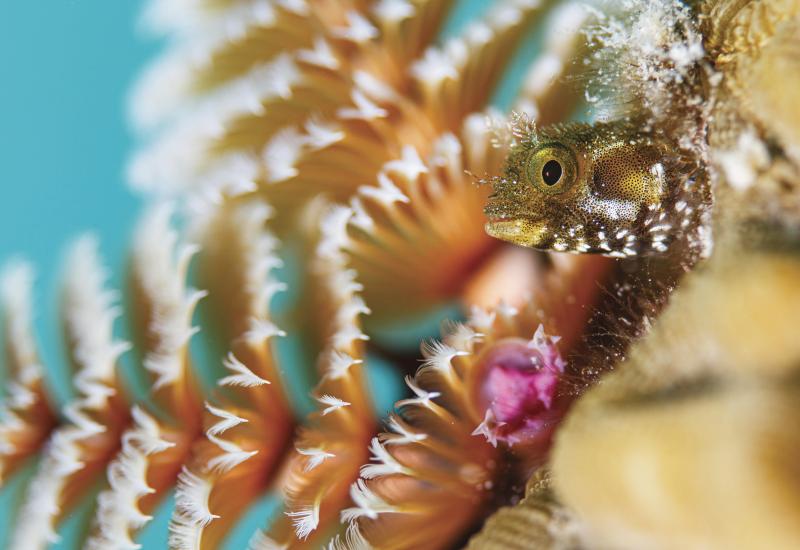Underwater Photography Tips for Shooting More Than One Subject

The more the merrier, right?
Jim Decker
Shooting wide-angle is challenging. Adding multiple subjects increases the difficulty, but it also can result in a much more interesting photo.
1. Use the Widest Lens
I prefer a fisheye, to allow more subjects in the frame. It also has the most depth of field, to get all of your subjects in focus.
2. Determine Your Primary Foreground Subject
This will be lit by your strobes and will be the main focus of your composition. It will also tend to be the closest subject in the frame. Make sure your focus point is on your foreground subject, even if it is not centered. By having the focus point in front, you’ll have the rest of the photo — behind the focus point — in focus.
3. Look at Your Background
Don’t get so wrapped up in your primary foreground subject that you forget to line up background subjects. Tis can be anything from a sun ball to the dive boat to more-complicated subjects such as a model in the background.
4. Take a Few “Junk” Shots
When I see something about to happen that I want to capture, I take a couple of test shots to see what my background exposure will look like. I point my camera in the direction that I will be shooting and pull of a shot — even if there’s nothing in the foreground — then I make adjustments before my primary subject comes along.
5. Give the Least Cooperative Subject Priority
In any multisubject shot, there are things you can control and things you can’t. Te toughest is marine life. If there is unique behavior happening, give priority to that in your photos.
6. Shoot Plenty of Frames
Cooperative subjects might not be cooperative for long. Bang off a series of shots in order to capture that one special moment you didn’t expect.

Jim DeckerThe more the merrier, right?
Shooting wide-angle is challenging. Adding multiple subjects increases the difficulty, but it also can result in a much more interesting photo.
1. Use the Widest Lens
I prefer a fisheye, to allow more subjects in the frame. It also has the most depth of field, to get all of your subjects in focus.
2. Determine Your Primary Foreground Subject
This will be lit by your strobes and will be the main focus of your composition. It will also tend to be the closest subject in the frame. Make sure your focus point is on your foreground subject, even if it is not centered. By having the focus point in front, you’ll have the rest of the photo — behind the focus point — in focus.
3. Look at Your Background
Don’t get so wrapped up in your primary foreground subject that you forget to line up background subjects. Tis can be anything from a sun ball to the dive boat to more-complicated subjects such as a model in the background.
4. Take a Few “Junk” Shots
When I see something about to happen that I want to capture, I take a couple of test shots to see what my background exposure will look like. I point my camera in the direction that I will be shooting and pull of a shot — even if there’s nothing in the foreground — then I make adjustments before my primary subject comes along.
5. Give the Least Cooperative Subject Priority
In any multisubject shot, there are things you can control and things you can’t. Te toughest is marine life. If there is unique behavior happening, give priority to that in your photos.
6. Shoot Plenty of Frames
Cooperative subjects might not be cooperative for long. Bang off a series of shots in order to capture that one special moment you didn’t expect.










